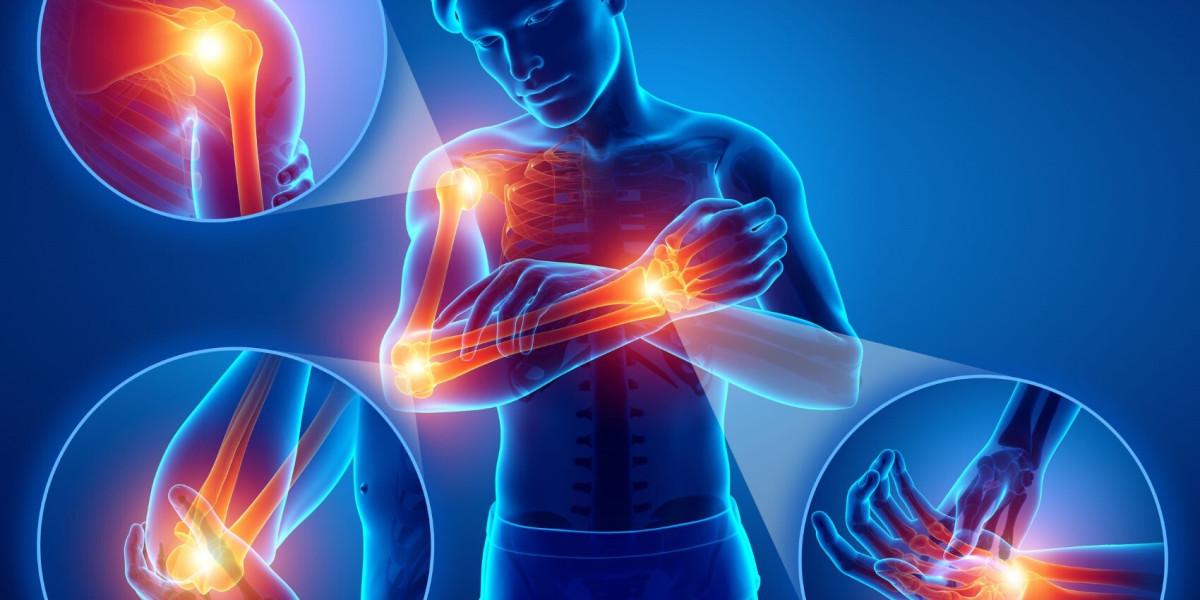Nerve pain, also known as neuropathic pain, has been a persistent companion of humanity throughout history, shaping our understanding of the complexities of the human nervous system. From ancient times to the modern era, the perception and management of nerve pain have evolved significantly. This article delves into the historical perspectives on nerve pain, tracing the beliefs, treatments, and breakthroughs that have marked its journey through the ages. By exploring the ancient views, medieval practices, Renaissance discoveries, 19th-century advancements, and contemporary approaches to managing nerve pain, we can gain a deeper appreciation of how far our understanding has come and the challenges that still lie ahead.
Ancient Views on Nerve Pain
Early Theories and Beliefs
In ancient times, nerve pain was often attributed to supernatural causes or divine punishment. The Greeks believed that an imbalance of bodily fluids, or humors, caused illness, including nerve pain. Meanwhile, the ancient Egyptians associated nerve pain with curses or evil spirits.
Ancient Remedies for Nerve Pain
Ancient civilizations employed a variety of remedies to alleviate nerve pain. From herbal concoctions and massages to rituals and incantations, treatments ranged from the practical to the mystical. Some believed in the power of amulets or charms to ward off pain, while others turned to physical therapies like hot compresses or acupuncture.
Medieval Beliefs and Treatments
Medieval Concepts of Nerve Pain
During the Middle Ages, nerve pain was often viewed through the lens of religion and superstition. It was thought to be a punishment for sins or a test of faith. The concept of nerve pain as a physical condition with scientific origins was limited, and the mystical explanations prevailed.
Therapeutic Practices in the Middle Ages
Medieval treatments for nerve pain included a mix of herbal remedies, bloodletting, and prayers. Physicians relied on a blend of traditional knowledge and folklore to address ailments. Despite advancements in medical understanding during this period, the treatment of nerve pain remained largely rooted in ancient beliefs and practices.
Renaissance Discoveries in Nerve Pain
Emergence of Scientific Inquiry
During the Renaissance, there was a shift towards scientific inquiry and a burgeoning interest in understanding nerve pain through empirical observation. Scholars and physicians began to explore the anatomical and physiological roots of pain, laying the groundwork for modern neuroscience.
Notable Figures in Nerve Pain Research
Figures like Andreas Vesalius and Leonardo da Vinci made significant contributions to the understanding of nerve pain during the Renaissance. Through meticulous anatomical studies and dissections, they expanded knowledge of the nervous system, paving the way for future advancements in treating and managing nerve pain.
19th Century Advances in Nerve Pain Understanding
Technological Innovations and Their Impact
The 19th century saw rapid advancements in technology, such as the development of the microscope and the understanding of electricity, which revolutionized the study of nerve pain. These innovations allowed scientists to delve deeper into the complexities of the nervous system and unravel the mysteries of pain transmission.
Medical Breakthroughs in Nerve Pain Treatment
With a better understanding of nerve pain mechanisms, medical breakthroughs in the 19th century led to the development of targeted interventions and therapies. From early forms of nerve blocks to the discovery of anesthesia, treatment options for nerve pain expanded, offering new hope for those suffering from debilitating conditions.# The Modern Era: Breakthroughs in Nerve Pain Research
Neuroscientific Insights into Nerve Pain
In the modern era, our understanding of nerve pain has been greatly enhanced by advancements in neuroscience. We now know that nerve pain, also known as neuropathic pain, is a complex phenomenon involving abnormal signaling within the nervous system. Researchers have delved deep into the intricate pathways and mechanisms that underlie this type of pain, shedding light on why it can be so debilitating and challenging to treat.
Pharmaceutical Developments for Nerve Pain
Another key aspect of progress in managing nerve pain has been the development of pharmaceutical treatments tailored specifically for this condition. From anticonvulsants to antidepressants, new classes of medications have emerged that target the abnormal nerve signaling responsible for neuropathic pain. These drugs have provided relief for many individuals suffering from nerve pain, offering new hope where traditional painkillers may fall short.
Contemporary Approaches to Managing Nerve Pain
Interdisciplinary Treatment Strategies
In the contemporary landscape of pain management, a holistic approach to treating nerve pain has gained prominence. Interdisciplinary treatment strategies, which combine medical interventions with complementary therapies such as physical therapy, acupuncture, and psychological counseling, have shown promising results in improving patients' quality of life. By addressing the physical, emotional, and social aspects of nerve pain, these approaches aim to provide comprehensive care that goes beyond simply masking symptoms.
Challenges and Future Directions
Despite these advancements, managing nerve pain remains a complex and ongoing challenge. Patients often face obstacles such as limited access to specialized care, high treatment costs, and the risk of developing medication tolerance or dependence. Looking ahead, researchers and healthcare providers are exploring new avenues for innovation, from novel drug delivery systems to personalized medicine approaches that take into account individual differences in pain perception. By continuing to push the boundaries of understanding and treatment, we strive to improve the lives of those living with nerve pain in the years to come. As we reflect on the historical evolution of our understanding of nerve pain, it becomes clear that each era has contributed uniquely to our current knowledge and approaches to managing this complex condition. From ancient remedies to modern pharmaceutical developments, the journey through the ages has been marked by perseverance, curiosity, and innovation. By continuing to explore and build upon the foundations laid by our predecessors, we can strive towards more effective and compassionate care for those living with nerve pain in the future.




